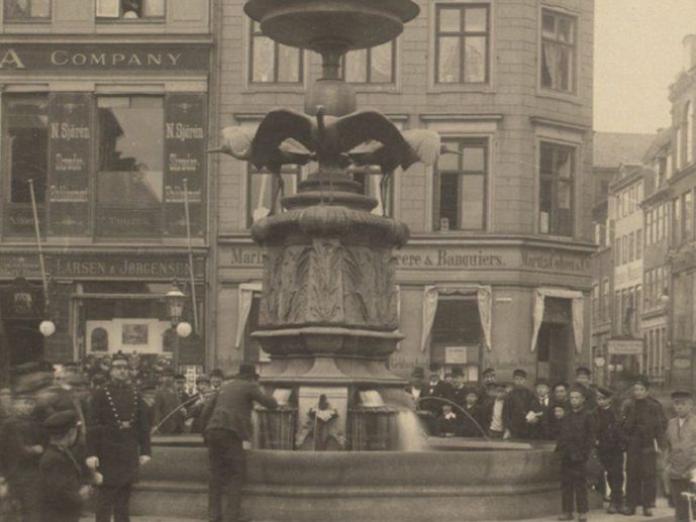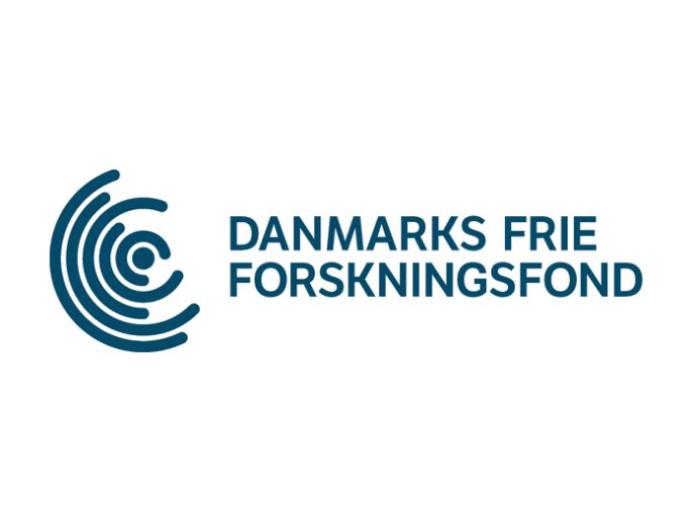Research network: The Everyday Life of Urban Monuments

The Everyday Life of Urban Monuments
Project period: April 2024 to March 2026.
The study of monuments has long been an integral part of the humanities, but saw a surge in the 1980s and 90s following Pierre Noras work on lieux de memories and David Lowenthals The Past is a Foreign Country, which gave rise to new perspectives on the interrelationship between memory, monuments and politics. Since then, the field of memory and monument studies have diversified even further, focusing on aspects of postcolonialism, iconoclasm, gender imbalances as well as the transformability and material and artistic networks underpinning monumental cultures and works.
In recent years, a renewed academic interest in the field have emerged around the remapping and reinterpretation of the material, ideological and civic roots behind commemorative practices, including elements of “action research” that aim not only to interpret and chart the cultural and material history of commemoration in the past and present, but also to suggests new paths for the future.
With a specific focus on the everyday uses and reconfigurations of monuments this research network aims at securing a platform for the discussion and development of new methodologies within the field of monument and memory studies. The everyday life of monuments is a relatively new subfield only recently taken under consideration by Thomas Houlton and Andrew M. Shanken among others, but a subfield with a vast potential for the understanding of human landscapes and cities.
In the network the study of the everyday life of urban monuments will include perspectives on the passing by and interaction with monumental spaces by citizens inspired by the theories of urban space- and placemaking. This perspective allows us to create a sensitivity to the way in which bodies and monuments continuously cross-fertilize urban spaces with new meaning. Another important focus of the network will be typologies and biographies of monuments as well as concepts of ignition, care and participatory practices in the preservation and reinvention of the monumental heritage of cities.
This network aims to explore and develop methodologies and theoretical perspectives on the everyday life of urban monuments and the way in which such monuments have been integrated into the urban everyday life of citizens from a diachronic and cultural historical perspective. Questions regarding ideology, user reception and the clash between the uses and processes of forgetting surrounding urban monuments will be vital for the network along with the role of monuments in reconfiguring and producing urban spaces and communities. The network will be working within a collaborative and interdisciplinary tradition combining perspectives from art history with the methods and insights of ethnography, urban history, landscape studies, heritage studies and museology. The networks core group consists of leading specialists fitting the project’s comparative inter-urban, cross-disciplinary approach. It also includes a number of associated members.
If you are interested to be a part of the network, please contact Jakob Ingemann Parby, jakobp@kk.dk

